Sandakan
Malaysia and Sandakan (Borneo) was occupied by the Japanese in mid-January 1942. The city’s name was then changed to Elopura. About ten kilometers outside the city, a POW camp was established for Australian and British prisoners of war captured during the fighting in and around Singapore. Here they were put to work building a military air base. In early 1945, with the Japanese expecting an Allied landing, Commander Susumi Hoshijima ordered an evacuation of the remaining prisoners inland to a place called Ranau. The prisoners were split into three groups and forced to undertake a 250 kilometer march through inhospitable jungle. These marches have come to be known as the Sandakan Death Marches. The first march took place between January and March 1945 and took about nine days to complete. Diseases as dysentery was common and many died during the marches or shortly after arrival. Of the 455 prisoners of war who started the march, only six survived. Between February and May of that year, 885 prisoners died in the camp due to malnutrition and diseases.
At the end of May, the second round of evacuation began and the Japanese demolished the camp. Of the 536 prisoners of war who began this evacuation, only 183 prisoners survived. At the beginning of June 1945, about fifty more prisoners were sent away. These did not get further than about fifty kilometers before they died. By the end of July there were only 40 POWs alive in Ranau, none of whom survived the war. In total, six Australian POWs survived the war, only three of whom were in a physical condition to testify in trials against Japanese war criminals. Sandakan commander Hoshijima was charged with war crimes and sentenced to death and hanged in April 1946. It is estimated that about 4000 Indonesians, 1381 Australians and 641 British died in or during the Death marches between Sandakan and Ranau.
Current status: Demolished with museum (2000).
Address: Sandakan memorial park, Sabah.
Get there: Car.
Follow up in books: Yuki, Tanaka: Hidden Horrors: Japanese War Crimes In World War II (1997).
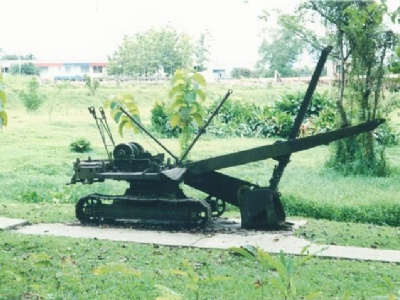
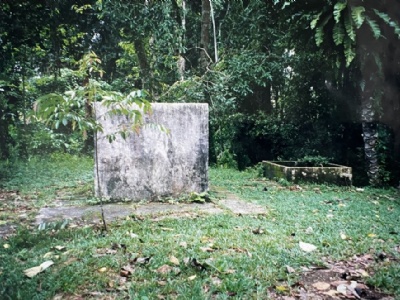
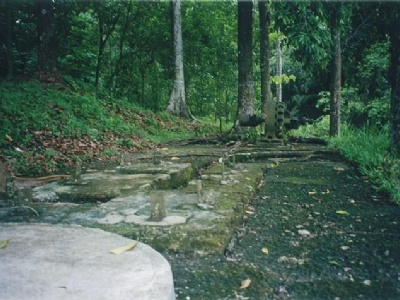
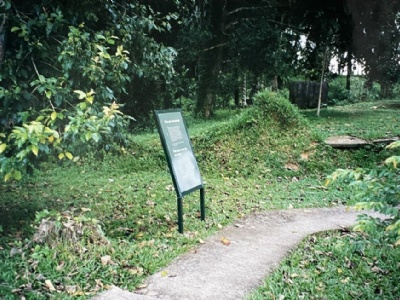
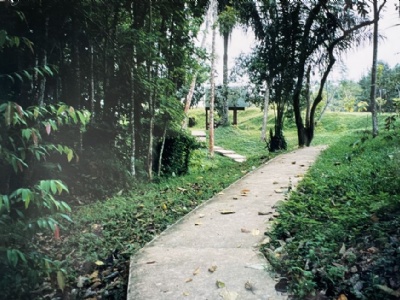
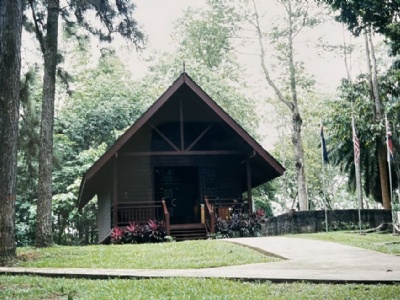
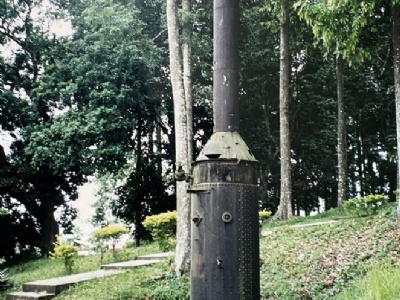
Public awareness of Japanese POW camps is far less than that of their Nazi counterparts but the museum outside Sandakan is an exception. The Japanese POW camps were usually located in inaccessible areas while their Nazi counterparts were closer to communities.